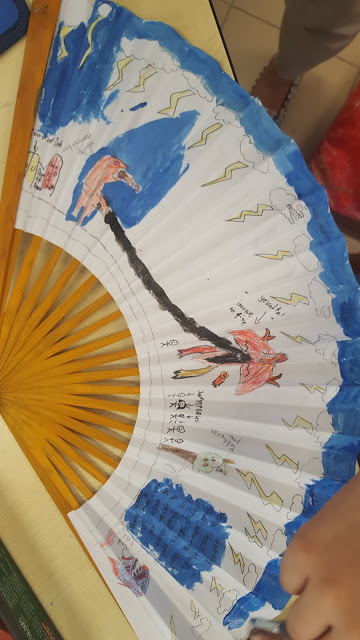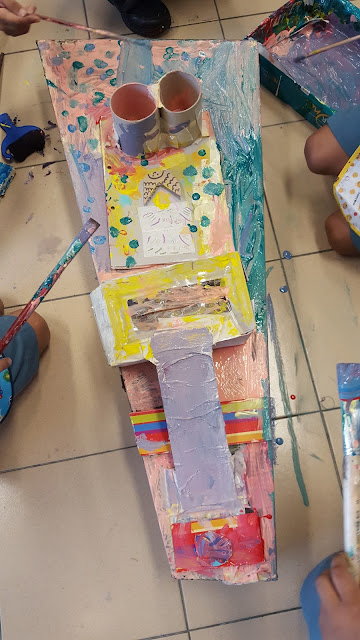Just the other day I was taking an Uber ride in a standard taxi. When the cab driver found out that I was using a promo code, he began to talk about what he said was trivial but important matters with the increased usage of private cars for hires. As a passenger/ consumer, perhaps our immediate concern is to reach our destination the fastest, safety and in the most economical way. As for the cab driver, he raised issues on private car policy as the car is supposed to be used for domestic affairs and not for business. If there was an accident, then compensation for injuries or damages would be problematic. Another point is that it is not sustainable for a private car to be used for hire permanently because petrol is expensive and standard cab uses diesel which is relatively cheaper. These are matters which I have never thought of since they don't impact me directly.
You might think how these issues are related to Art? I was listening intently when the cab driver was making his comments. The cab driver kept emphasizing that he knew such matters are trivial but they are crucial to ensure a system works well as a whole. I think that every job encompasses trivial matters that others would overlook if they were not personally involved in. How often do you hear people commenting that a teacher's job is just half a day or we get so many holidays? How do you respond to them? Do you even bother explaining to the layman? And they are not even close if they had just some experience as a relief teacher! Since they are "outsiders", it's really tough for them to experience how teaching is like, or working as a team player to keep the ecosystem going.
Let me list some "trivial" matters in Art that would make or break a lesson. When we do papier-mâché, it matters how the newspaper is torn. If the newspaper is torn against the grain, the tears are very difficult to control and you end up with various sizes of torn paper. If you torn with the grain, it will result in even strips and are easier to work with. You should give it a try!
It also matters when you are mixing wheat paste to be used as glue for the papier-mâché. Would you put wheat paste first then water or water first then add wheat paste? The first procedure will create lumps and the second procedure will not. I assure you these are not trivial matters when you are conducting the lesson.































































